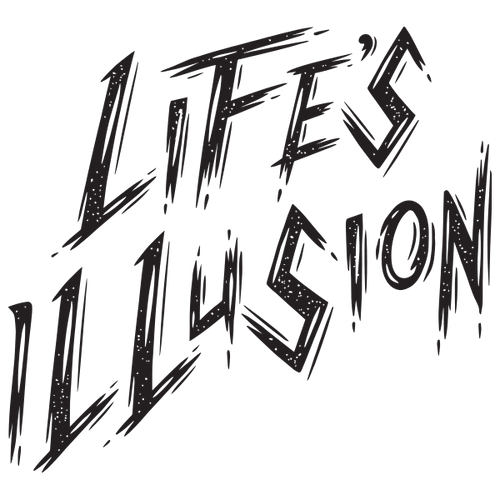In the ancient Vedic era, Rishis referred to illusions as Maya, which also translates to, "that which is not." In some regard, this is accurate. Just like when you are in a dream state, that dream never truly existed. Illusions occur when you superimpose those illusory ideas onto something else to forge an ulterior reality from what is truly existent. Ultimately, anything we accumulate through sensory experience or imagination isn't real in a true sense. Humans tend to identify with what we are not. We must go through the trials and tribulations of remembering and recognizing who we really are to exit out the fabricated world of illusions.
Illusions of Life:
The delusion of attachments and limitations: The main motif in this delusion if we need something to complete an aspirational task. When we learn to trust every moment and believe in the process, we have the capacity to step into a life of progress and growth.
The delusion of limited knowledge: People always exist on opposite ends of a spectrum. What makes humans unique is their ability to live with polarized motifs simultaneously. For instance, people have the capacity to live with both the notion that they know everything, yet know nothing. Life is nuanced, but living with this paradoxical Dunning–Kruger effect is intrinsic to humans. Without self-awareness of metacognition, people cannot objectively evaluate their level of competency. With the internet and virtually an unlimited amount of information, a lack of intelligence is caused by apathy.
The delusion of limited creativity: There is nothing more creative than the mind of a human. Everything around us can be used as inspiration and the potential for anything. We as humans, build false barriers to protect ourselves from the unknown. Once we tear down those internal barriers a limitless field of possibilities is laid bare.


